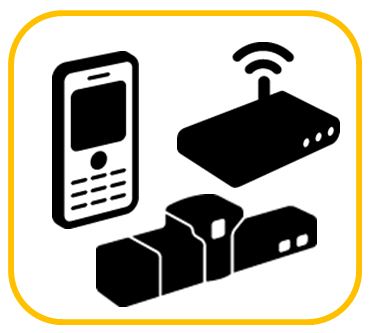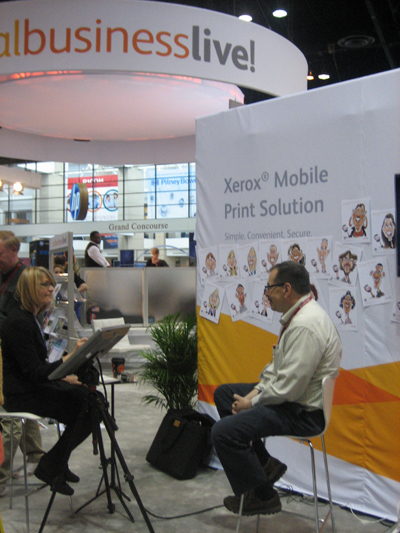Written by Susan Weiss
Manager, Xerox Worldwide Customer Business Development
For nearly two decades, the Internet has been the dominant technological force driving change in the graphic communications
industry.
Ready or not, that may be changing. Mobile is emerging as the new king, said Barb Pellow, group director, InfoTrends, in a recent Xerox Business Development Series Webinar “Print-to-Mobile: A New Services Opportunity.” Joining Pellow to present were Peter Stillson, chief executive officer of cross-platform publishing solutions company GTxcel, and Bruce Kielar, executive vice president and chief creative officer, Roberts Communications.
Pellow described the central role that smart phones, tablets and other mobile devices have in people’s lives today. “People depend on mobile to interact with companies, access advice, make decisions and conduct commerce,” she said. “It’s the great connector linking all mass media that went before, blurring boundaries to unite the physical and digital worlds.” And it dominates people’s lives to the point of addiction. The average person looks at their device 150 times each day, for six and a half minutes of every waking hour.
Stillson’s company, GTxcel, seeks to harness the power of digital distribution for publishers and others who disseminate information on mobile and Web-based media. The company’s 1,500 customers include traditional publishers like Meredith and Conde Nast, as well as a wide range of Fortune 500 companies, associations, universities and retail organizations.
“Virtually every type of document that has been produced over the years is now being produced in some type of electronic publication,” he said. “Every one of your customers is trying to produce those documents in electronic versions.”
Stillson described how GTxcel’s digital publishing software automatically prepares files for display at the proper size and dimensions for a wide range of devices, and provides opportunities to easily incorporate additional rich media, such as video, into documents originally designed for print. The software is incorporated in Xerox FreeFlow Digital Publisher, which extends GTxcel’s reach to integrate with the Xerox FreeFlow production workflow, enabling use of a single file to produce both print and electronic-device-specific versions.
Roberts Communications, the nation’s 18th largest business-to-business advertising agency, is among that solution’s early adopters, developing new business opportunities in the print-to-mobile space. “Customers have libraries of existing materials they want to re-purpose for use in different media,” Kielar said. “This is a great opportunity for printers and agencies to grow their businesses by turning their customer’s traditional materials into interactive media.”
He described a recent proposal to ITT to split an 800-page product catalog into two, 400-page brochures for distinct audiences in the military and aerospace industries. By enabling the catalog to be easily deployed as Web and mobile app versions as well, Roberts is vastly reducing print requirements, but still capturing significant, profitable revenue by providing the digital publishing services.
“Customers are looking for leaders in this space,” Pellow concluded. “And service providers can capture new revenue opportunities from per-page charges for creation of mobile and online editions, the addition of interactive and rich media, content updates, analytic services, email notifications and hosting fees for content. And by entering the market now, print providers have an opportunity to get the first-mover advantage.”
To hear a replay of the Print-to-Mobile webinar, click here. The next session in the free Xerox Business Development Webinar Series is on “Reinventing and Repositioning Your Business” on Aug. 20 from noon to 1 p.m., E.T. You can register here.
Are you capturing the mobile publishing opportunity? What do you perceive as the barriers, and how are you overcoming them?



